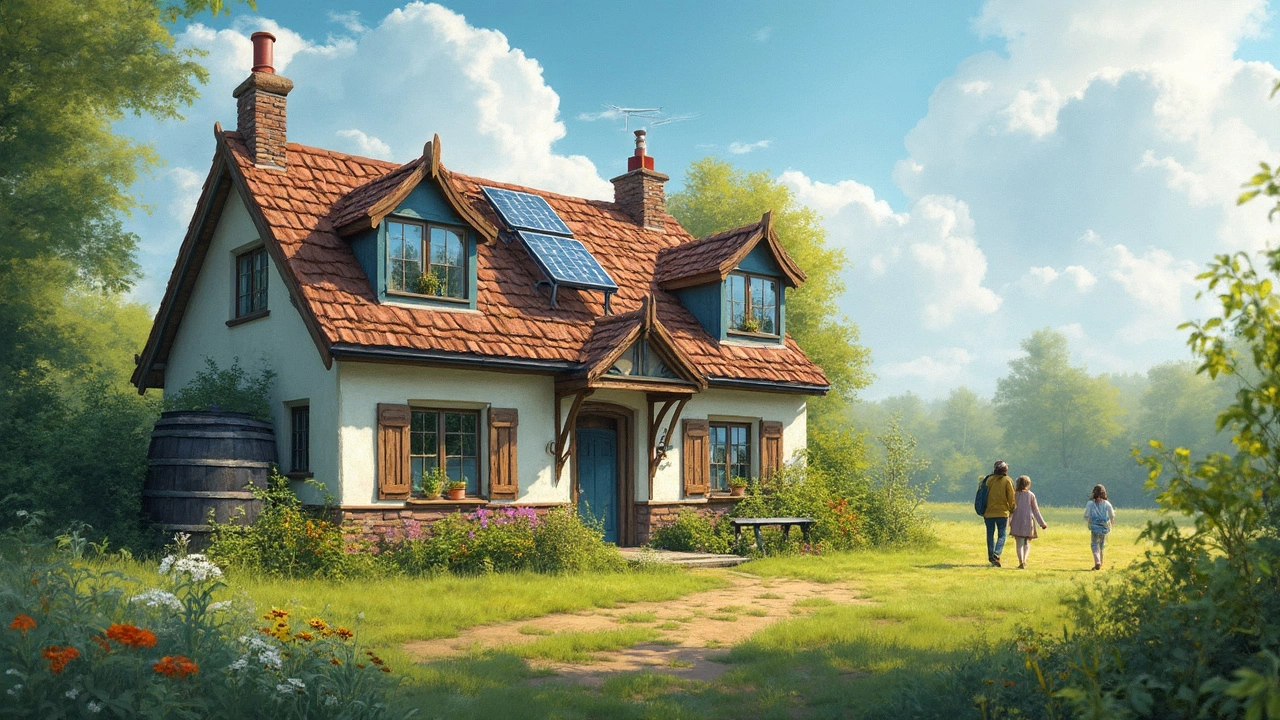
Eco-Friendly Houses: What They Are and How to Choose One
If you’re thinking about an eco-friendly house, you probably want a home that saves money, uses less energy, and hurts the planet less. The good news is you don’t need to be a building expert to get started. In this guide we’ll cover the basics of green housing, the biggest cost factors, and quick steps you can take right now.
Key Features of an Eco-Friendly House
First, let’s look at what makes a house eco-friendly. The most common features are good insulation, energy‑efficient windows, and a heating system that uses less fuel. Solar panels are a popular add‑on, but they’re not a must; many homes save a lot just by sealing drafts and installing LED lighting.
Materials also matter. Sustainable builders often choose reclaimed wood, bamboo, or low‑impact concrete. These choices reduce the carbon load of the construction process. If you’re renovating, think about swapping out old drywall for recycled board or using non‑toxic paints.
How Much Does an Eco House Cost?
Cost is the biggest question most people ask. In general, a green build can cost a bit more upfront—usually 5‑15% higher than a standard house. That extra spend often comes from better insulation, high‑efficiency appliances, and renewable energy setups.
But the extra cost usually pays back fast. A well‑insulated home can cut heating bills by up to 30%, and solar panels can shave another 20‑40% off electricity costs. Over ten years you could save thousands, making the initial price difference feel small.If you’re on a tight budget, start with low‑cost upgrades. Adding weather‑stripping, swapping to LED bulbs, and installing a programmable thermostat are cheap moves that still cut energy use by a noticeable amount.
Another smart tip is to look for grants or local incentives. Many councils offer rebates for solar panels, heat‑pump installations, or high‑performance windows. A quick search on your local authority website can reveal money‑back programs that lower the final price.
When you browse homes, keep an eye on the Energy Performance Certificate (EPC). A rating of A or B usually means the house already follows many green standards. Even a C rating can indicate a solid starting point for upgrades.
Lastly, think about the long‑term value. Eco-friendly houses often sell faster and at a higher price because buyers know they’ll save money and enjoy a healthier indoor environment. That resale boost is another hidden benefit.
Ready to start? Make a checklist of the green features you want, set a realistic budget, and talk to a builder who specializes in sustainable construction. With a few smart choices, you can enjoy a comfortable home that’s good for the planet and your wallet.

